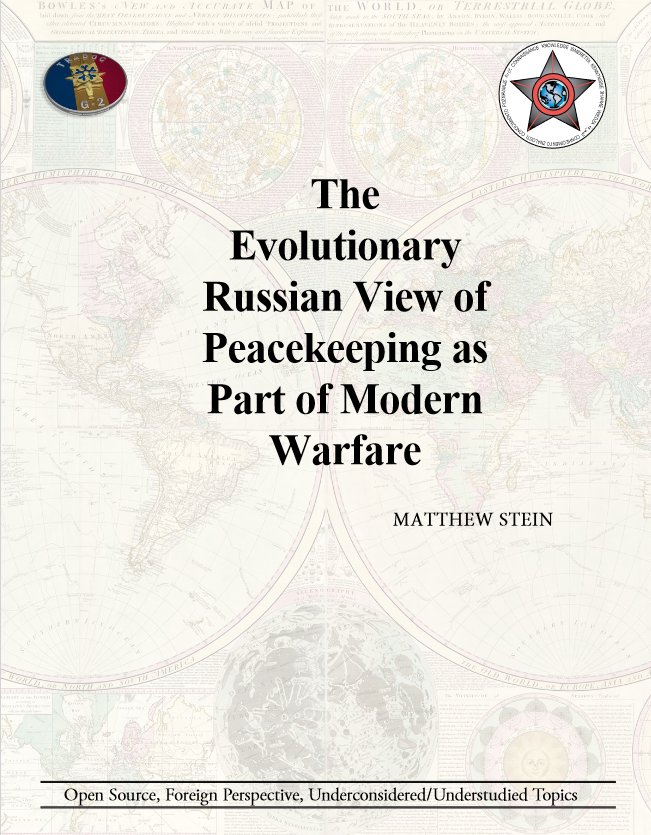(Click image to download brief.)
KEY TAKEAWAYS
The 2020 Nagorno-Karabakh War stood out as a significant chapter in the history of the conflict in the region. Not only did Azerbaijan take control over a large amount of territory, the Russian government deployed peacekeepers as part of the cease-fire agreement between the governments of Armenia and Azerbaijan. This marked the first time a peacekeeping force became involved in the conflict over the region and stood as another example of how Russia utilized a peacekeeping operation as a response to a conflict in the Commonwealth of Independent States (CIS). The CIS is made up of states of the former Soviet Union and is an area where the Russian government has special relationships and a sphere of influence. While the United States has arguably pulled back from peacekeeping operations in recent years and, as a result, the U.S. military has deemphasized them, Russia views peacekeeping operations as a key part of modern warfare. Like other military operations, Russians consider that peacekeeping operations can be utilized to achieve strategic objectives beyond conflict resolution. This article examines how Russia views peacekeeping operations as a part of warfare, including in its military doctrine and based on past conflicts in the CIS. It also examines how this applies to the most recent conflict in Nagorno-Karabakh and in the peacekeeping operation as a response to civil unrest in Kazakhstan. Insights from this may also inform potential outcomes of the current war in Ukraine.

